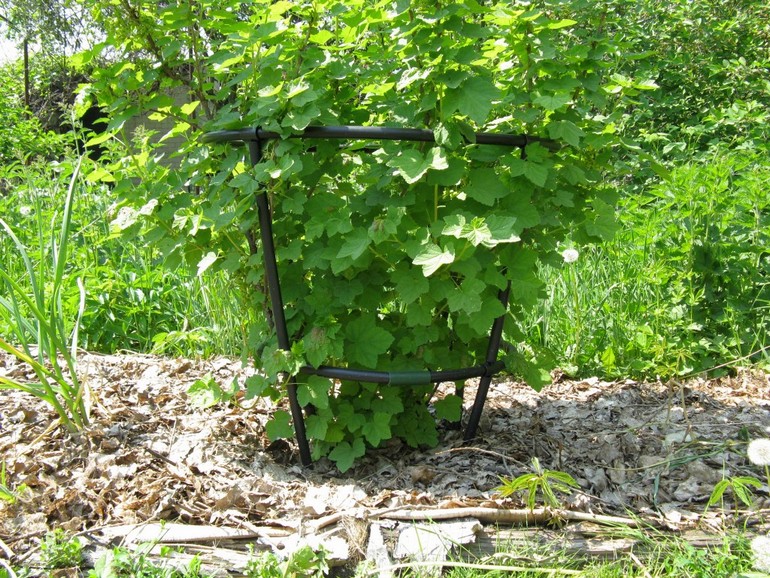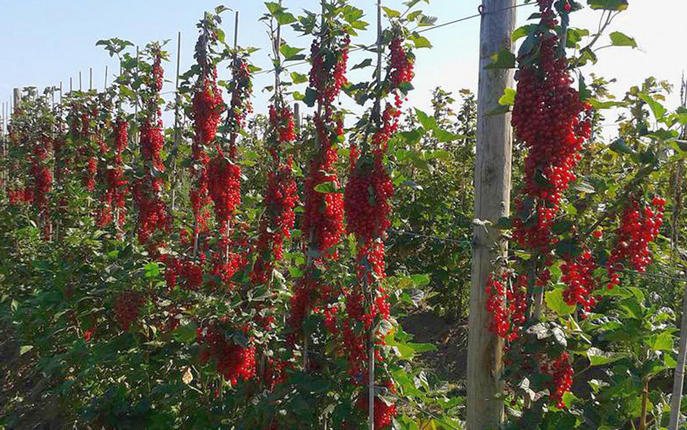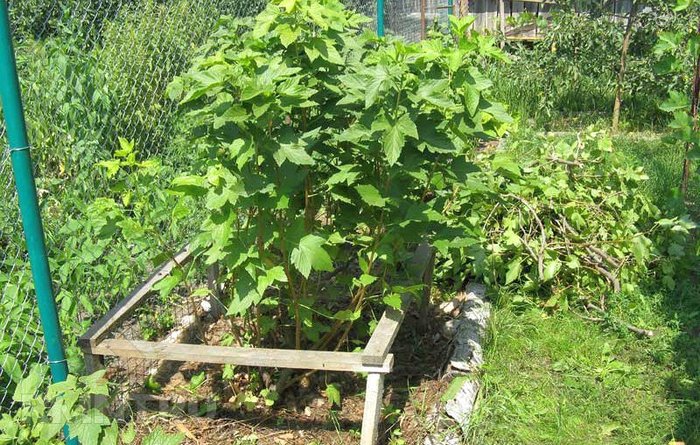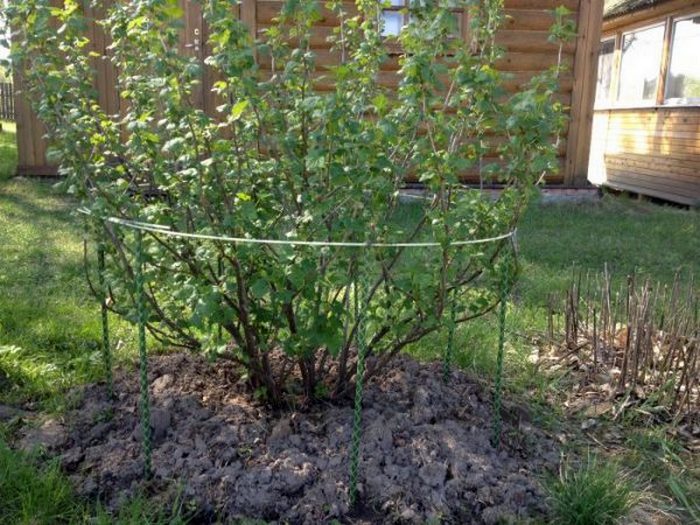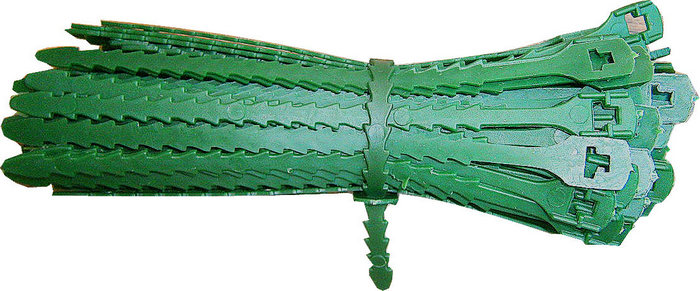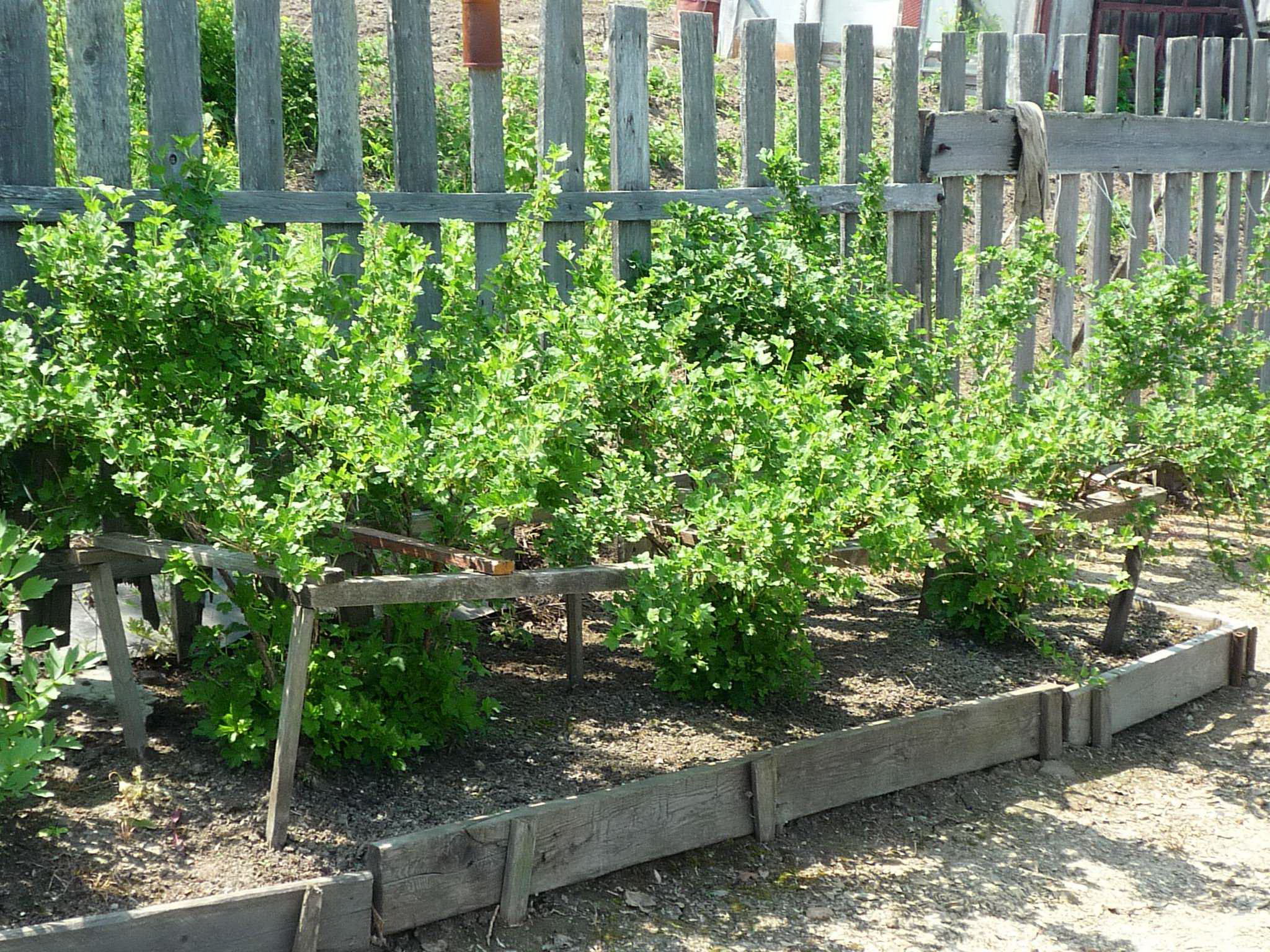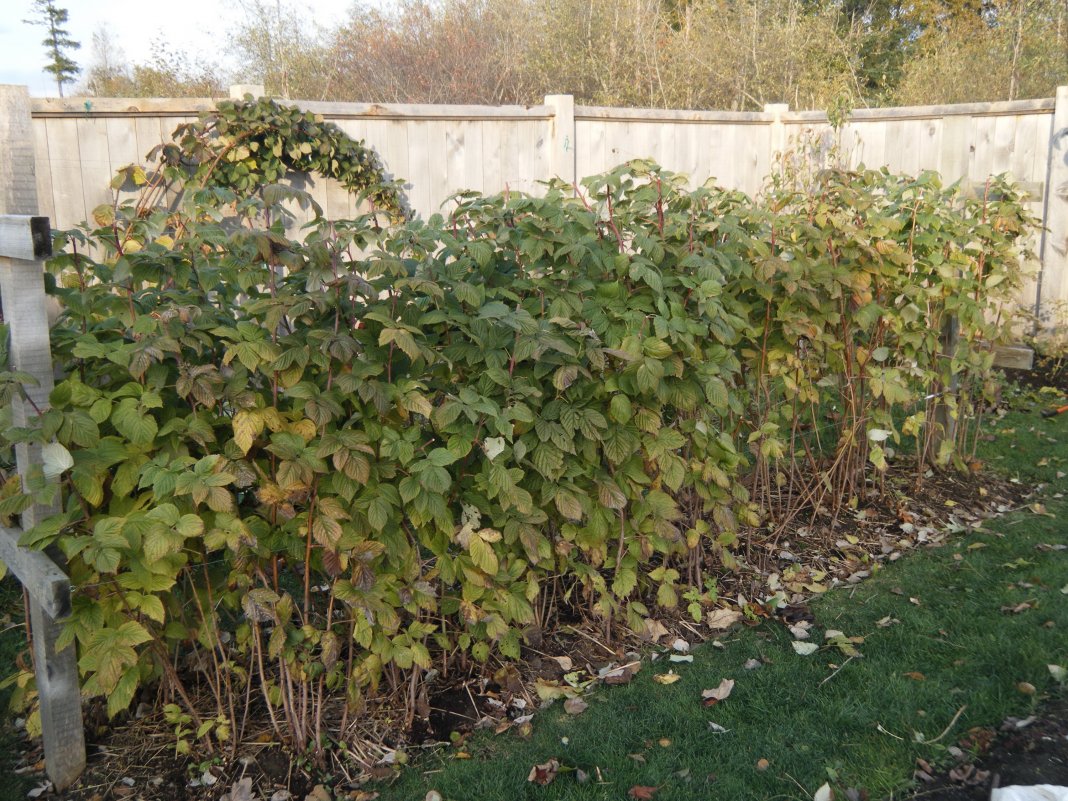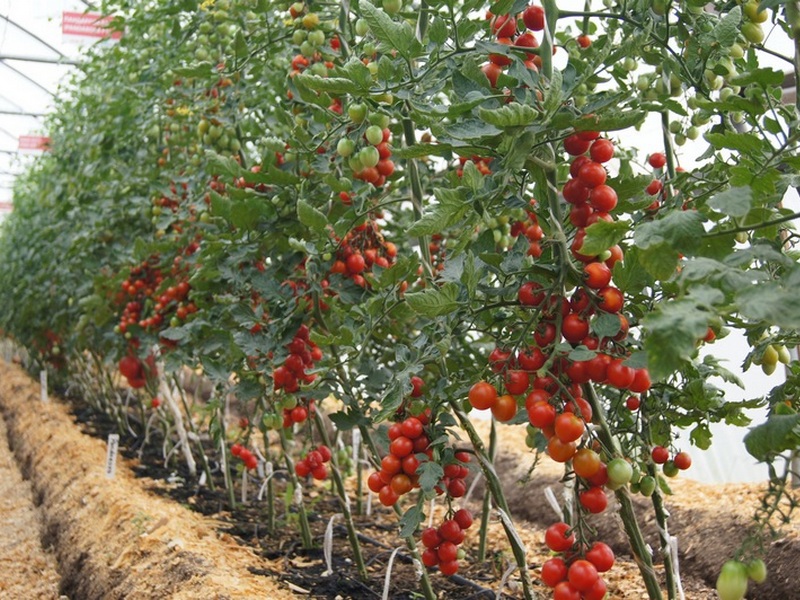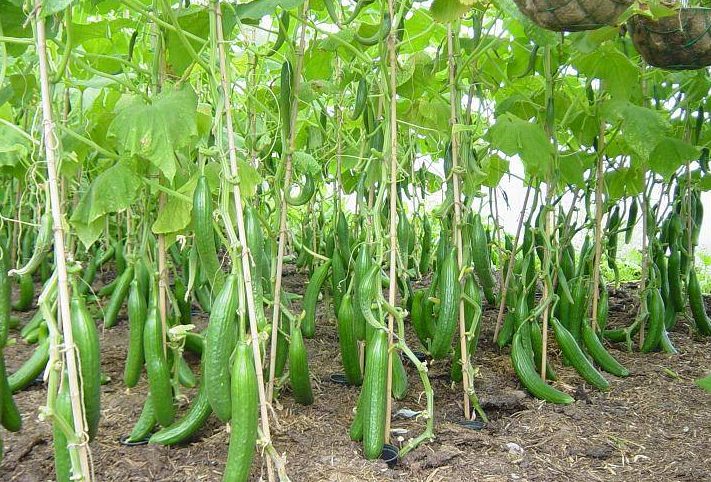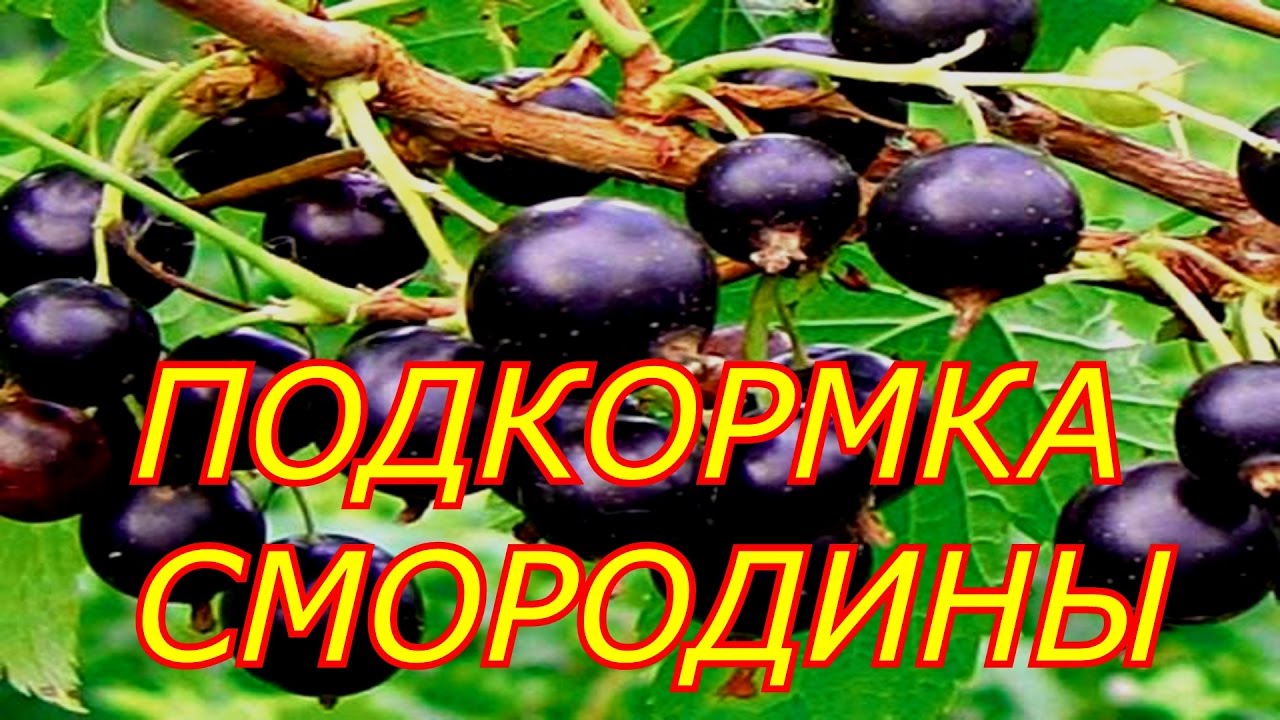Content:
The need for a currant garter usually arises four years after planting a seedling in the soil. By that time, the plant has time to form at least 20 shoots of different ages. The side branches begin to touch the soil surface, which damages both the shoots themselves and the berries. The garter of currant bushes fully solves this problem.
Why do you need to tie up currants
Before you begin to figure out how to tie up currants in the fall and spring, you should determine in which cases this manipulation may be required in principle. Usually it is about one of the following points:
- the shrub becomes too spreading;
- a currant bush is planted in a region where gusty winds often occur;
- the plant requires shelter for the winter.
The advantages of tying a fruit and berry crop to the frame are as follows:
- The risk that the currant will break in a strong wind is completely eliminated;
- The frames to which the binding is carried out will, in parallel, serve as the basis for laying the covering material when insulating the shrub for the winter;
- Tying up the bushes will make it easier to care for the bushes and to harvest.
Some gardeners try to save the lower tier of the plant from contact with the soil by thinning the bush. It is not forbidden to do this, but this method is a kind of half-measure. At a minimum, the problem of infection of currants with fungal diseases, the pathogens of which are in the ground, are not solved in this way.
If the branches are raised and securely fixed by means of a support or trellis, it will be much easier to process the bush from pests and feed it.
Many people practice bundling branches into a bundle. This method is unacceptable, since in this case a sufficiently tight contact between the shoots is obtained, which promotes the development of harmful bacteria. In addition, air practically does not pass through the artificially thickened shoots, which disrupts aeration. The sun also does not enter the bush. As a result, the berries are not tied, and if they grow, they turn out to be very sour and small.
DIY strengthening methods
To know how to tie up currants correctly, you should consider the following points:
- the total number of shrubs on the site;
- plant age;
- the specifics of landing.
The answer to the question of how to tie up currant bushes with your own hands can be found in different ways. The following methods are most commonly used.
On the trellis
In order to tie the currant bush to the trellis, the first step is to make a frame. For this purpose, stakes are driven into the ground at the corners of each row of planting, on which a wire or rope is pulled.
This method is convenient in that as the shrub grows, it is possible to add one or more new upper strings. As a result of such tying, the shoots are evenly distributed in all directions, which has a positive effect on productivity.
On a single frame
If the currants are planted not side by side, but with free-standing bushes, then a garter on a single frame turns out to be the best way.
To do this, pegs are driven in around the bush in such a way that a square is formed. Between themselves, the hammered stakes are connected with horizontal strips, to which the fruit and berry crop is tied.
On a triangular support
Like the square support in the form of a single frame, the triangular version involves the installation of a support.
Only it involves the installation of three stakes, which are positioned in such a way as to end up with an equilateral triangle.
On a pipe support
The horizontal component of the frame can also be a ring (circle). It is easiest to make it from polyvinyl chloride pipes.
On the trunk
The formation of a currant bush on a small trunk is practiced somewhat less often than conventional cultivation. As a rule, standard bushes are attached to a single pole directly during planting. As the plant grows, it is necessary to remove all shoots that grow below the height of the trunk. With this method of growing, the lower tier of the plant does not grow in principle, therefore, the problem of its contact with the ground does not arise. This method of tying currants has one serious drawback - it is very unstable to strong gusts of wind. But on the other hand, externally decorated shrubs look very interesting and original.
In each individual case, the owner of the garden plot independently decides which of the ways to tie up the currant bushes with his own hands.
The right garter for winter shelter
Currant garter is made not only to simplify plant care and increase the yield, but also to warm the plant. Shrub protection is simply necessary, especially if the winter in the planting region is frosty.
For this purpose, the shrubs are covered with special materials. Today, burlap and spunbond are most often used. Their fastening can be done in one of the following ways:
- on pegs;
- on the frame.
Pegging is suitable, first of all, for young currants. Shelter is done as follows:
- The crown of the bush is collected in a bunch;
- The resulting bundle, attracting the branches to each other, is wrapped in a spiral with a rope or cord.
Frame insulation is used for larger bushes. The frame is made in the form of a cone. Poles or stakes can be used to make it.
As a rule, for the manufacture of such a support, three or four strips are sufficient, the length of each of which can vary in the range from one and a half meters to eighty meters. They are driven obliquely in such a way that their upper parts are connected above the bush into a single sharp peak. Covering material is thrown onto this support, the ends of which are fixed on stakes.
Spring currant garter
If the bush was sheltered for the period of cold weather, the dense winding after complete melting of the snow must be removed without fail. The correct way is to replace it with a thin white cloth that can provide the currants with reliable protection from spring burns (by the way, gooseberries also require a similar method of protection).
If the cultivation of fruit and berry crops is carried out in an area with a fairly mild climate, and it does not take shelter for the winter, support will still be required to get a decent harvest at the end of the season.To tie currants (no matter what variety is planted: black, red or white) in the spring, after sanitary pruning, the lower branches are raised, and the top of the crown is directed outward so that it does not interfere with the light entering the neighboring shoots.
Mounting materials and accessories
The binding of a fruit and berry crop to a particular fastening can be carried out using devices made by the "old-fashioned" method from scrap materials. But it is much more expedient to purchase modern devices that are more convenient to use.
Clothespins and clips for fastening
In terms of their appearance and principle of action, these devices most of all resemble ordinary clothespins. When pressed, they open and close. Their advantage lies in the fact that, unlike garters made from scrap materials, they can be used repeatedly. The only caveat is that such fasteners can only be used on cords or relatively thin supports.
Garden straps
These devices are very convenient to use. They have special fasteners that can be tightened to any required diameter.
In this they compare favorably with clips. Garden straps can also be reused with careful use.
Some gardeners do not tie currant bushes. However, it is not recommended to neglect this procedure in the most urgent way. After all, only by understanding how to tie up the currants correctly, you can count on a bountiful harvest.
